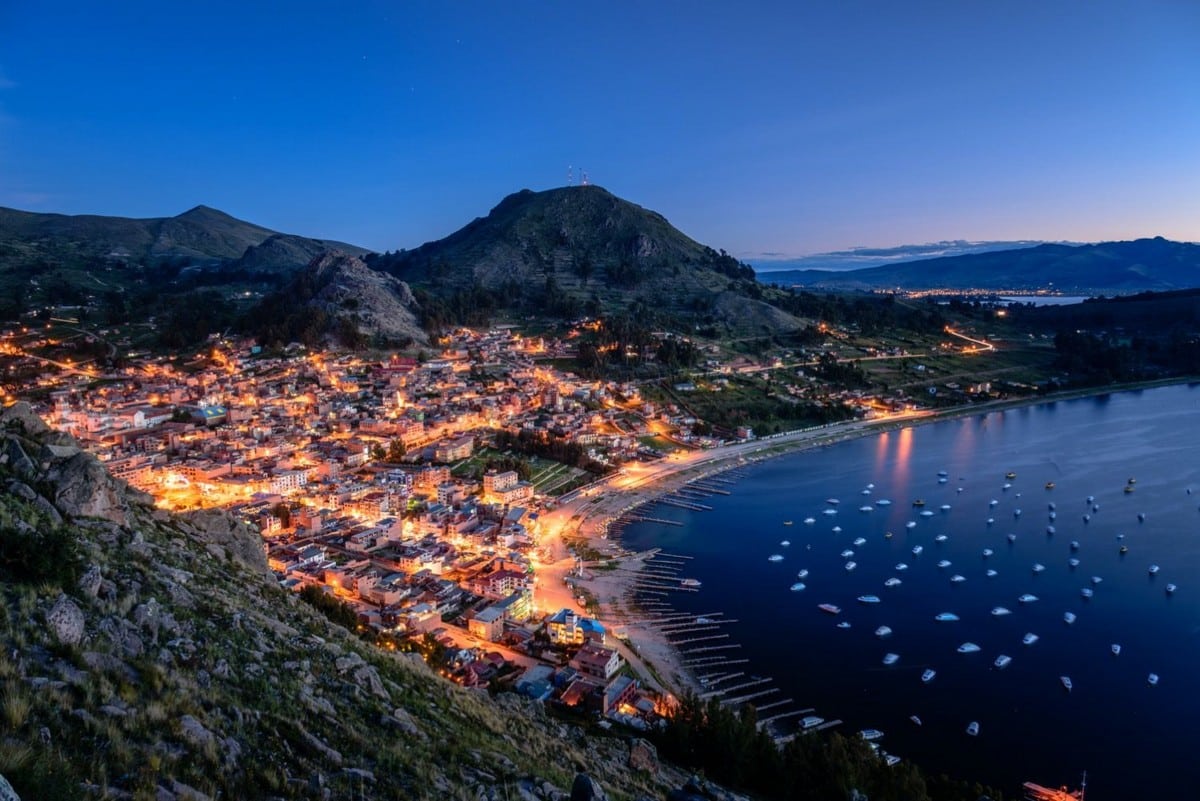The official name of Bolivia is the “Plurinational State of Bolivia.” It is a western-central South American country bordered by land in all directions. It shares borders with Brazil to the north and east. The country borders Paraguay to the southeast, Argentina to the south, Chile to the southwest, and Peru to the west.
Bolivia is known for its rich cultural heritage and diverse geography. It also earned fame for its natural landmarks and archaeological spots. This large landlocked country has an interesting range of climate conditions. It also has diverse people and cultures. Additionally, it has many spots with paleontological and archaeological value.
Plurinational State
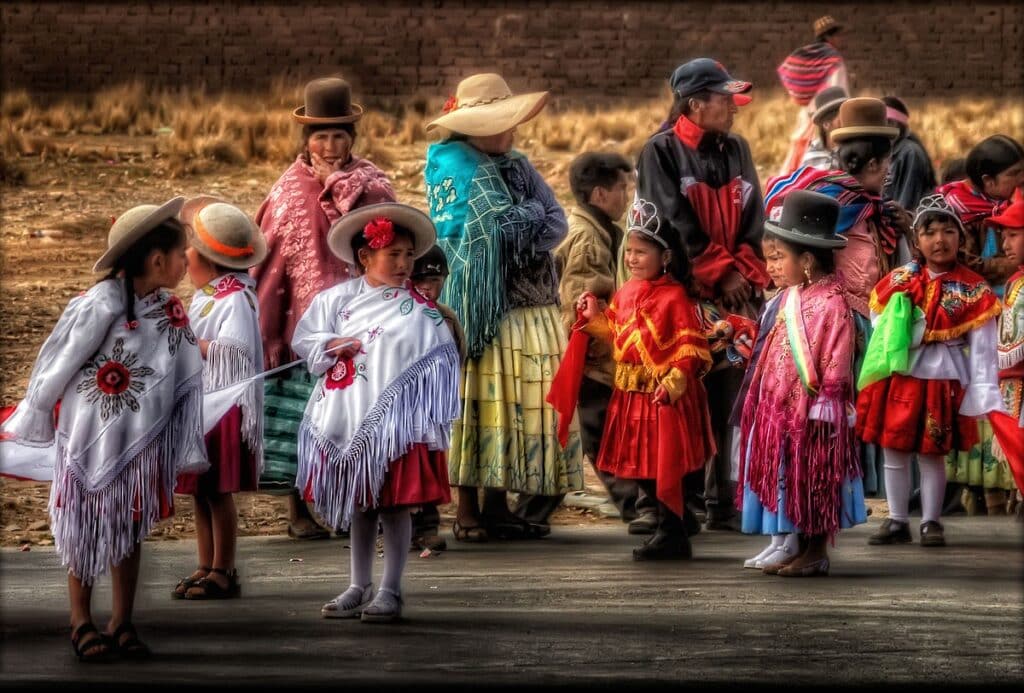
Being plurinational means that two or more independent groups coexist in a country. This is the situation in Bolivia. The country recognizes the diversity of its people from different indigenous cultures. Bolivia’s Constitution acknowledges the rights of indigenous groups in the country. Bolivians take pride in this plurinationality, as reflected in the state’s official name. Bolivia has 36 indigenous groups, which makes it inevitable for conflicts to arise occasionally. However, these issues are not enough to dampen efforts toward unity. Bolivia demonstrates a strong national identity amid the diversity of ethnicities, beliefs, and traditions.
One of the Largest Landlocked Countries

As mentioned, Bolivia has countries bordering it in all directions. It is one of the biggest landlocked states. It is the biggest land-surrounded country in the Southern Hemisphere. Bolivia ranks as the seventh largest among all other landlocked countries in the world. With its land area of over a million square kilometers, only Kazakhstan, Chad, Mongolia, Niger, Ethiopia, and Mali are bigger. It is a massive territory without access to the sea, which limits the country’s ability to engage in maritime trade and industry. However, Bolivia’s location makes it geopolitically important and suitable for tourism.
Longest Mountain Range in the World
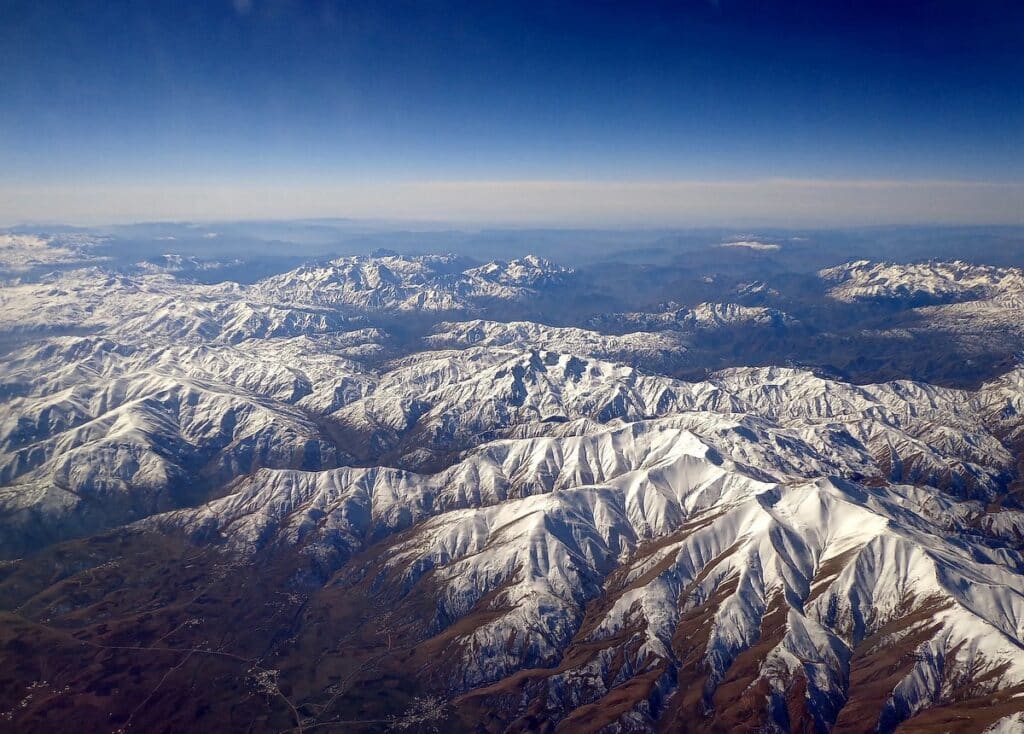
The Andes, or the Andean Mountain Range, is the world’s longest continental mountain range. It occupies nearly all of the western side of South America, running along seven countries. Bolivia is one of these countries. The country is in the middle of the Andes, giving it access to many of the best features of the famous natural geographical landmark. The Bolivian flexure of the Andes is the widest, at around 640 kilometers. The mountain range’s average width is only about 200 kilometers outside of Bolivia. This part of the Andean Mountain Range is rich in mineral and natural resources.
Biggest Tropical Glaciers
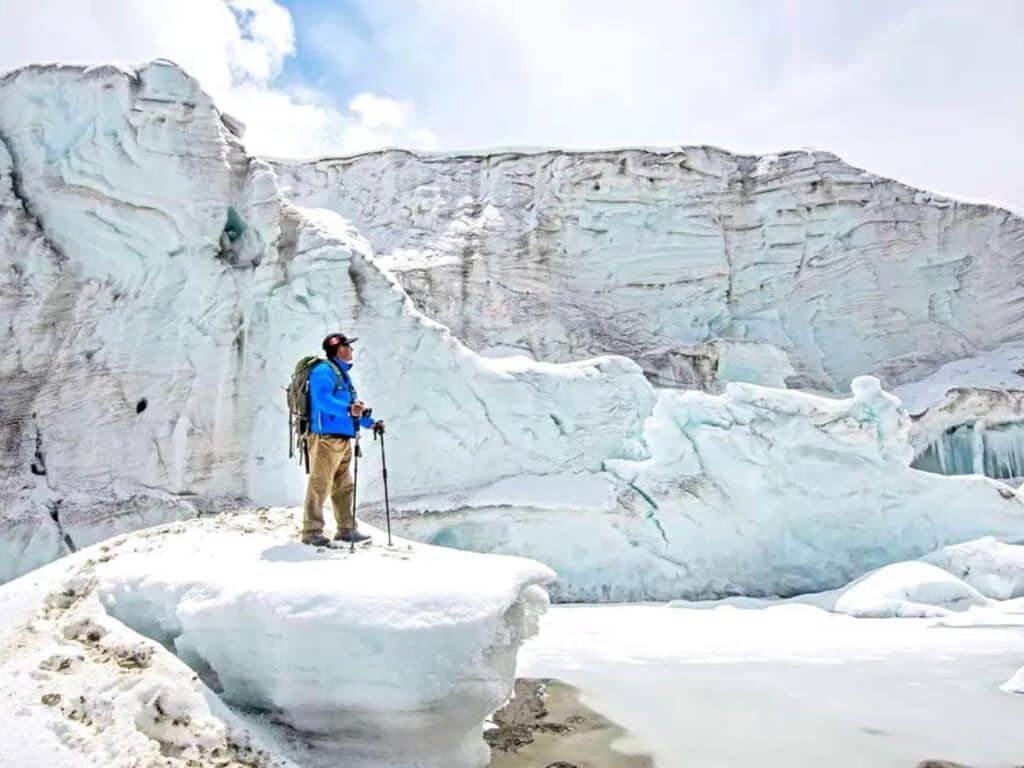
Around a fifth of the world’s tropical glaciers are in Bolivia. The glaciers are mostly located in the Cordillera Real mountain range in the Andes. One of the most notable Bolivian glaciers is the Chacaltaya Glacier, which was once the site of the world’s highest ski resort. Other important ice masses are the Charquini, Zongo Glacier, and Charquini glaciers. Unfortunately, global warming is threatening to melt these glaciers. From 1980 to 2005, the temperatures in the Andes rose by 0.33 °C per decade on average. This is thrice the temperature increases recorded in the previous decades.
Megadiverse Country
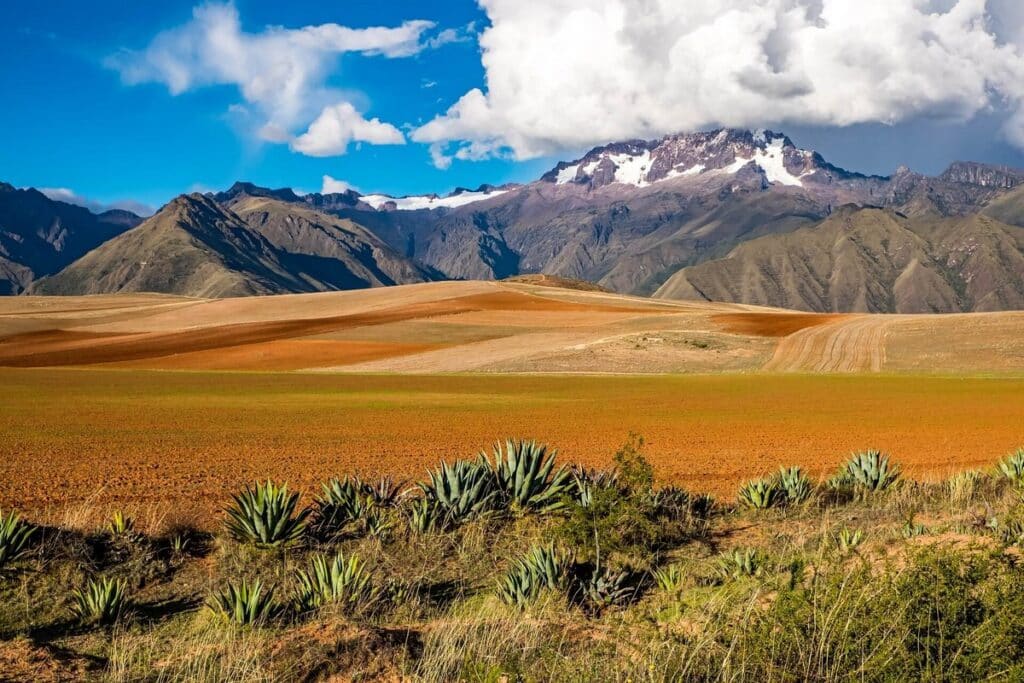
Bolivia is one of the 17 megadiverse countries of the world. It has one of the highest levels of biodiversity on earth. It features a wide range of habitats for most kinds of living organisms. A part of the Amazon rainforest is in Bolivian territory. The Andes mountains provide a variety of ecosystems that allow different plant and animal species to thrive. Bolivia has 1,435 bird species, 259 amphibians, 382 mammals, 315 reptiles, and 407 fishes. It also has 14,729 vascular plant species. The country has a biodiversity index of 209.55.
Mother Earth Rights
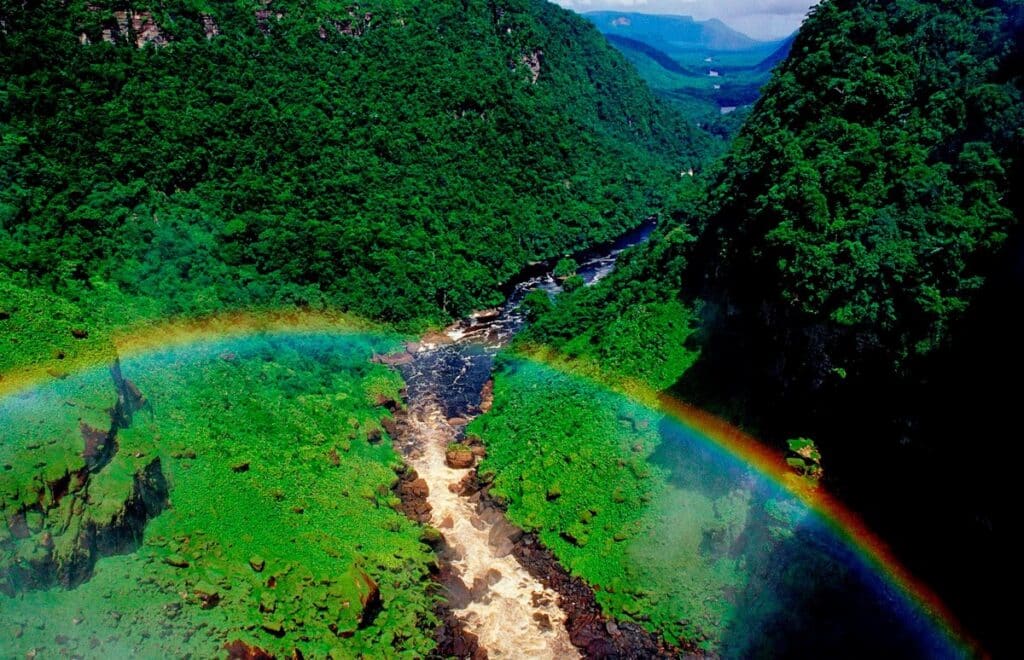
Bolivia passed a law that granted nature the same rights as humans. This legislation is called the “Law of the Rights of Mother Earth.” It is designated as Law 071, passed by the Plurinational Legislative Assembly in December 2010. The law enables the establishment of an ombudsman office specifically created for cases involving nature, life systems, and human communities. It has ten articles, which accord mother earth the right to life, diversity of life, clean water, clean air, equilibrium, restoration, and freedom from contamination. The law is based on a draft bill written by the Pact of Unity alliance.
Rich Mineral Resources
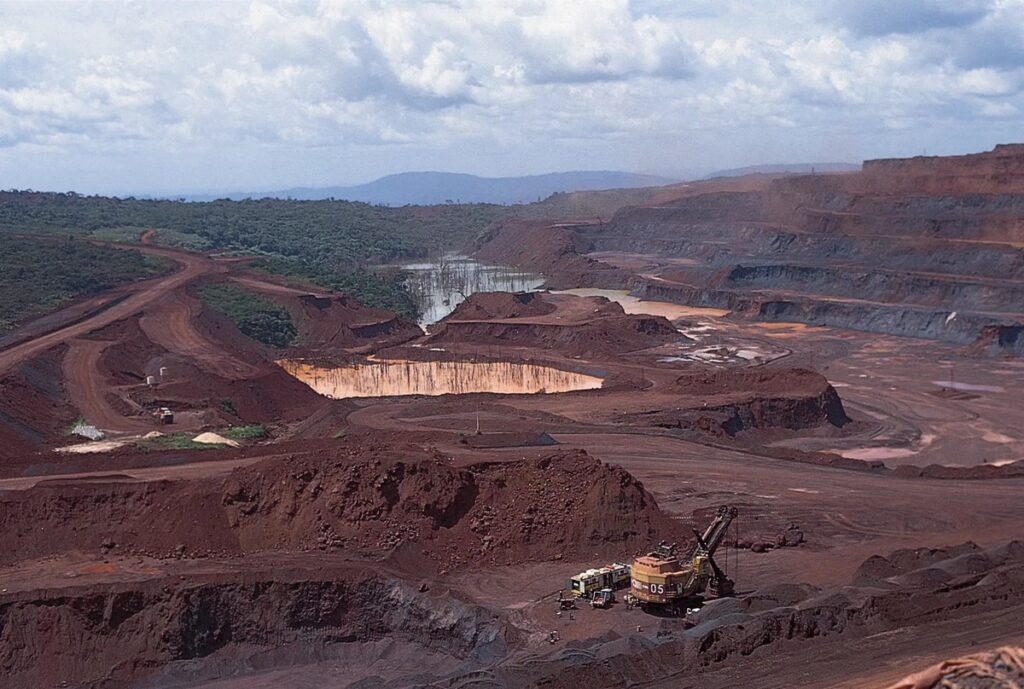
Bolivia sits on vast mineral deposits. Based on US Geological Service estimates, the country has the world’s largest lithium reserves. Around 25% or 21 million tons of the world’s lithium are in Bolivia. The country also has the world’s second-largest reserves of antimony and third-largest deposits of iron ore. Bolivia is one of the world’s top producers of minerals. It is the fourth biggest producer of boron. It is the fifth largest tin producer. It is the seventh largest when it comes to zinc. It also ranks eighth in silver and lead production.
Ecological and Cultural Tourism Destination
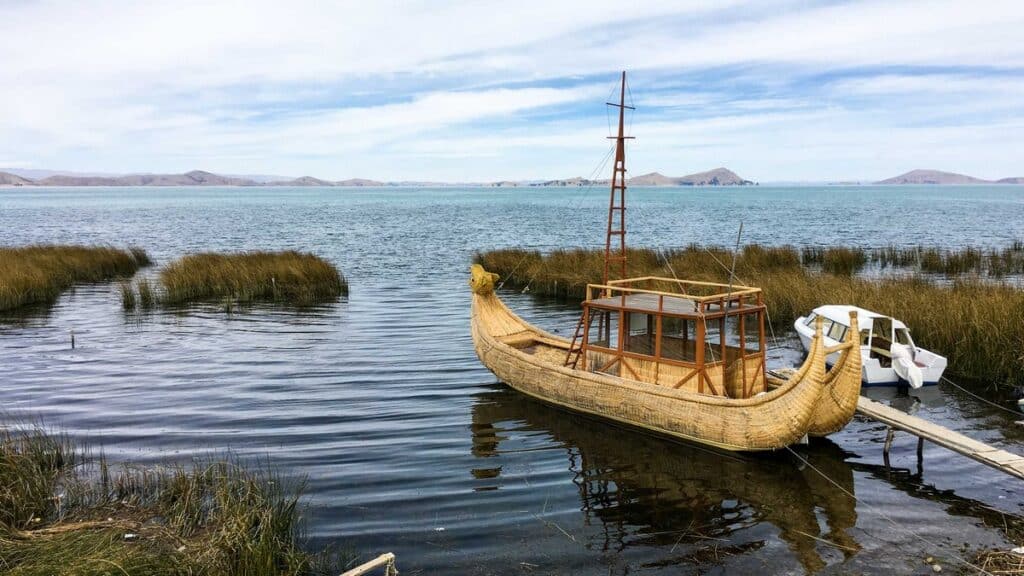
Bordering Chile’s Lauca National Park, Sajama National Park is an ecotourism hub in Oruro Department, Bolivia. It is the home of the Aymara people. It features various cultural and ecological sites. The park has colonial architecture and art, ancient burial buildings, as well as cave paintings. Queñoa trees also grow prominently in this location, forming a lush greenery on the sides of Sajama Mountain. This Bolivian national park also has many hot springs and geysers. Moreover, it is the site of the mysterious Sajama Lines, which is said to be an ancient pilgrimage route.
Carnival of Oruro

Tourists visiting Bolivia in February or March get to experience one of Bolivia’s best-known festivals. This is the Carnival of Oruro, a religious and cultural event held since the 18th century. It is a celebration that was originally indigenous but later adopted a Christian ritual. It is now associated with the Virgin of Candelaria. This festival is part of UNESCO’s Masterpieces of the Oral and Intangible Heritage of Humanity. It features marching bands, folk dances, and a long parade. The parade spans three days and three nights running along a route four kilometers long.
Most Dangerous Road
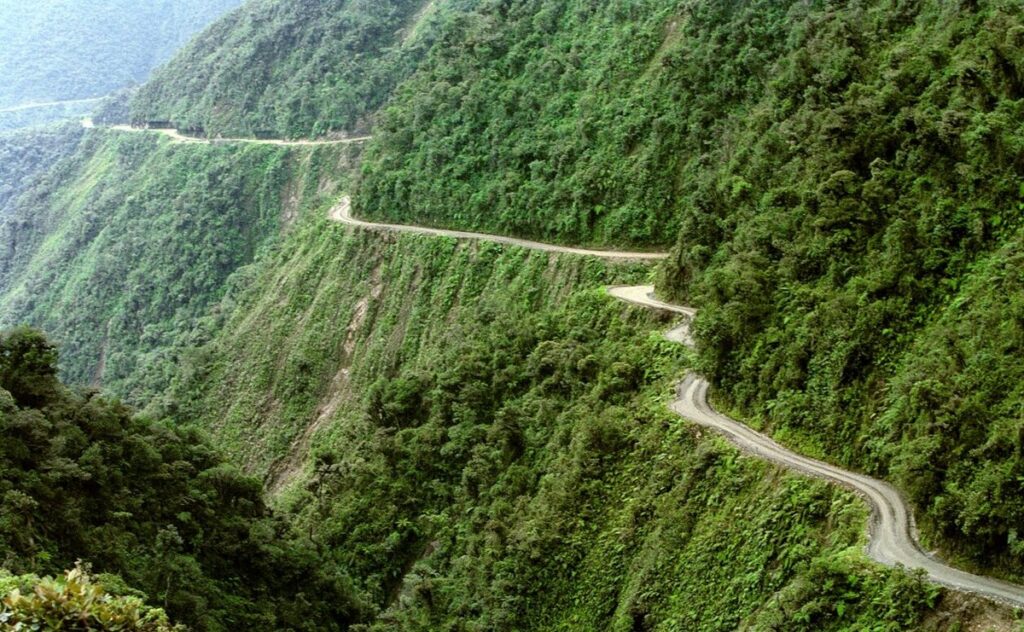
Yungas Road is a road that connects the Yungas region with the city of La Paz in Bolivia. Also known as the Road of Death, the Inter-American Development Bank dubs it the most dangerous road in the world. This may sound negative or off-putting for tourists, but it is not. It is a major tourist destination for La Paz city. This unique road attracts around 25,000 tourists per year with its steep slopes and narrow single track. It provides a tourist route that stretches 64 kilometers with more than three kilometers of steep descent.
El Fuerte de Samaipata
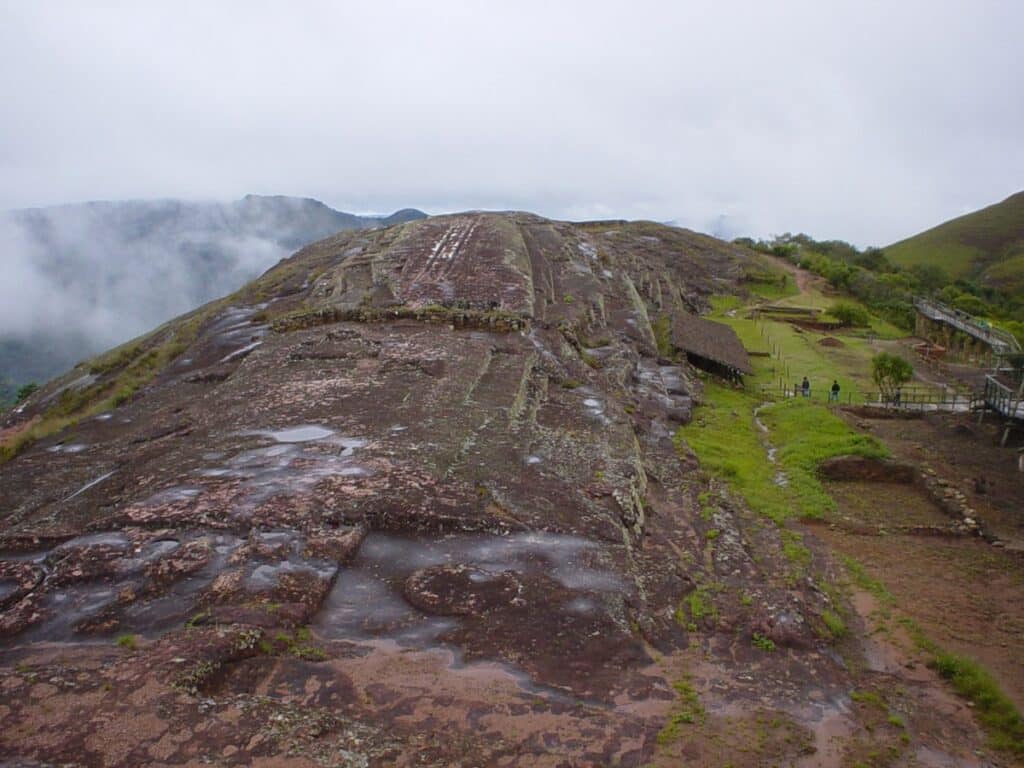
El Fuerte de Samaipata, a UNESCO World Heritage Site in Santa Cruz Department, Bolivia, is a popular destination for local and foreign tourists. It is situated in the eastern region of the Andes. An interesting spot for archeological enthusiasts, it features three buildings that house three different cultures. These cultures are Chanè, Inca, and Spanish. El Fuerte is around twenty hectares wide. It has two parts for different purposes. One of which is a ceremonial sector on the northern side. The other is the residential and administrative center down south.
Largest Salt Flats in the World
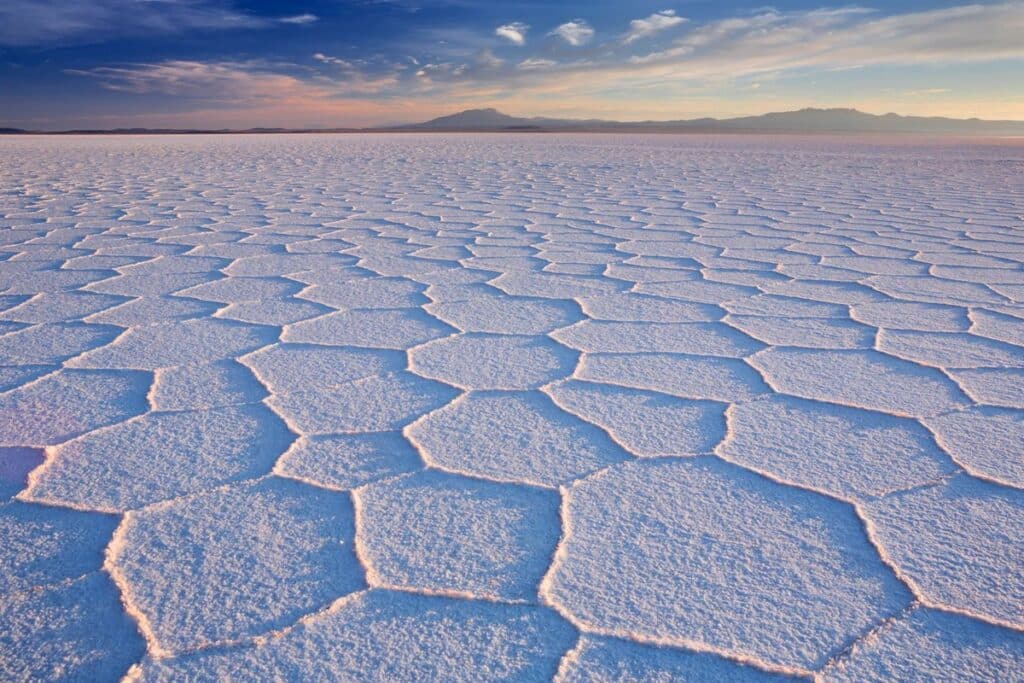
Bolivia has the distinction of having the world’s largest salt flat: the Salar de Uyuni. This dry lake occupies an area of over 10,000 square kilometers in southwest Bolivia. The more than one-million-hectare site is located near the crest of the Andes. Salar de Uyuni is an elevated salt bed around 3.6 kilometers above sea level. Archaeologists trace its origin to the transformation of prehistoric lakes some forty millennia ago. The evaporation of ancient lakes resulted in the formation of salt crusts that are a few meters thick.
Highest Navigable Lake in the World
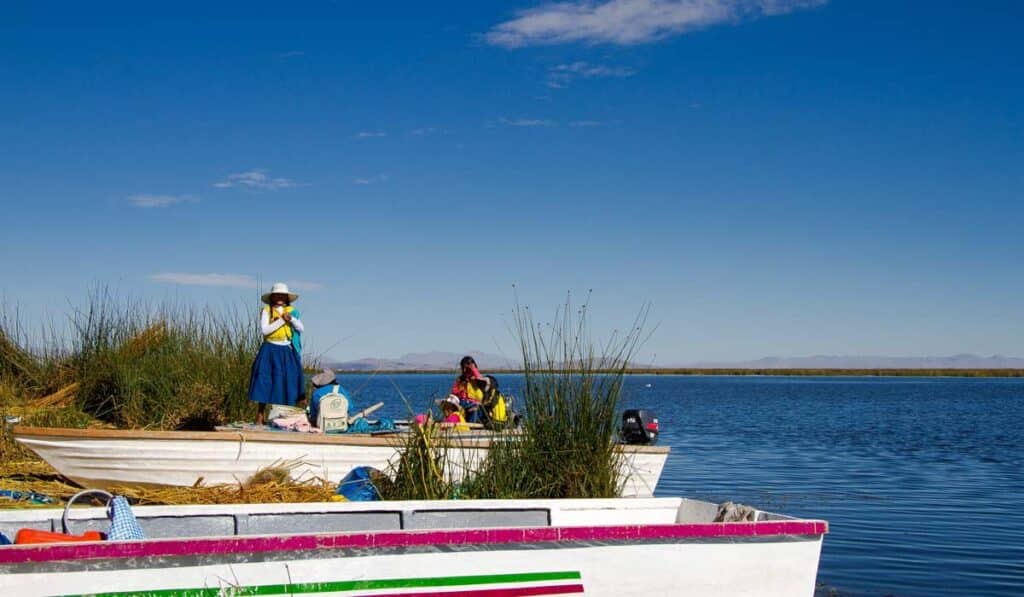
Lake Titicaca is a huge freshwater lake shared by Bolivia and Peru. It is South America’s largest lake based on its surface area and the volume of water it holds. The lake is 3,812 meters above sea level. There are other inland bodies of water with higher elevations. However, Lake Titicaca gained its distinction of being the highest navigable lake because of the large commercial craft that has traversed it. Commercial vessels as heavy as 2,200 tons have been navigating this lake. The lake also features underwater ruins and hundreds of species of fish.
New Viper Species
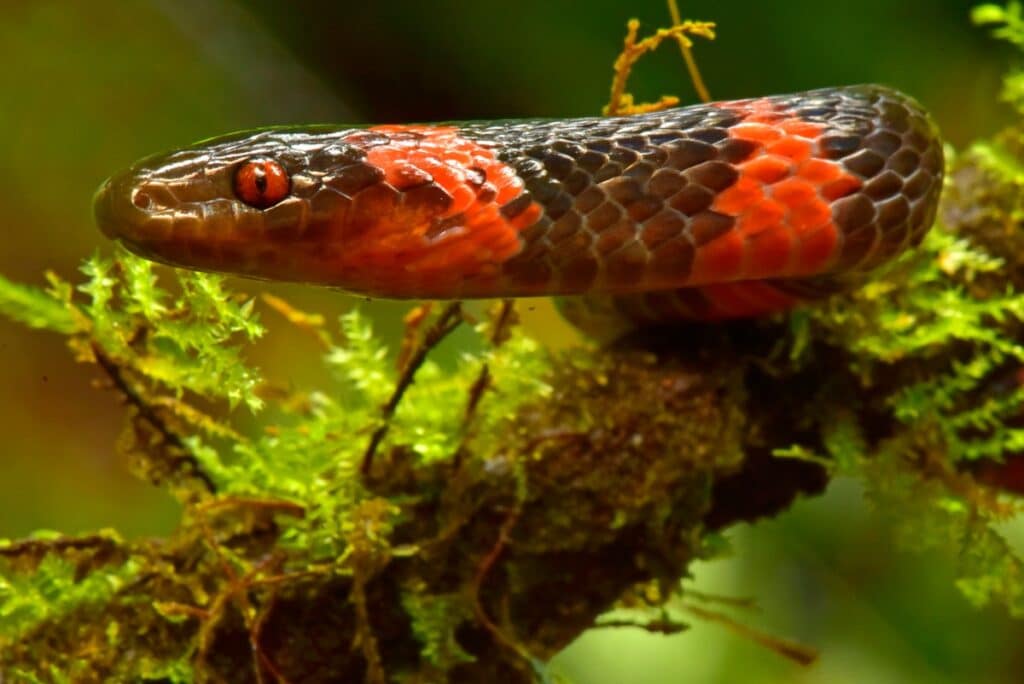
In 2020, biologists discovered a new species of snake called the Mountain Fer-de-Lance Viper. This is a montane pitviper with a distinct appearance. It has a color pattern in the dorsal body part made up of triangular or sub-triangular brown spots or blotches. These blotches are complemented by brown stripes on the back of the head, parallel to each other. The snake also has a noticeable dark brown stripe next to the eyes. Also known as the Bothrops monsignifer, this serpent species is constrained to montane forests, where humidity is low and the shades of large trees are a rarity.
Dinosaur Fossils
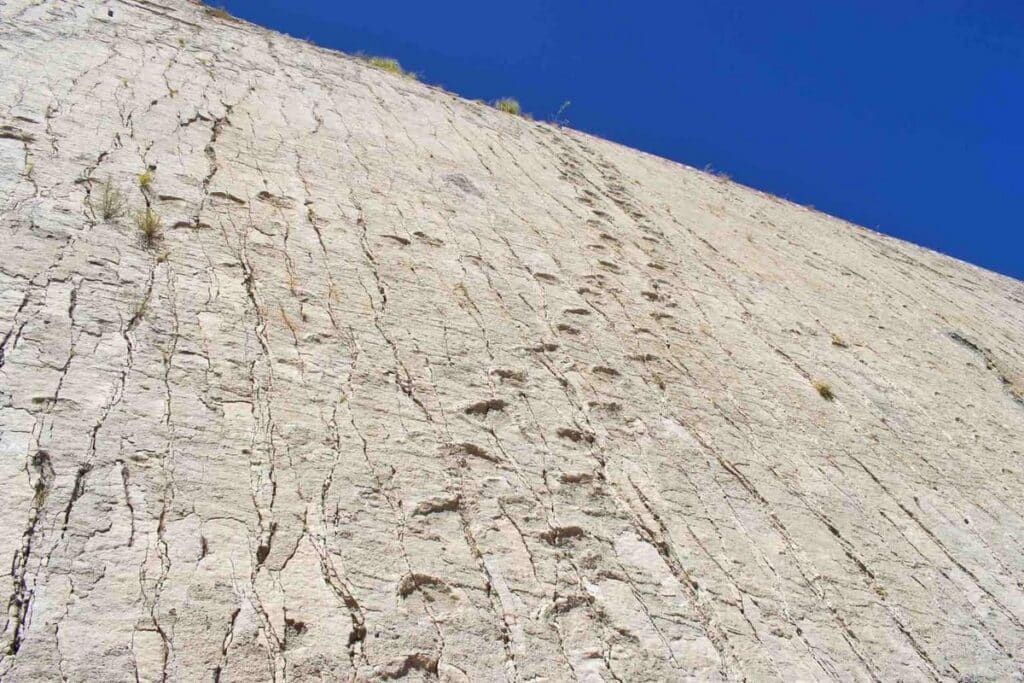
There is evidence of dinosaur activity in Bolivia, which can be traced to the Late Cretaceous period. Around 2,500 dinosaur footprints have been discovered at the Torotoro National Park in Bolivia. The park’s semi-arid landscape also has caves and dolines with Paleozoic and Cretaceous calcite deposits. Paleontologists also discovered bone fragments of quadruped and biped dinosaurs, sauropods, and theropods. Some of the most notable dinosaur fossils found in the country include those of the Ekrixinatosaurus and Andesaurus. These fossil discoveries provide significant contributions to the study of ancient ecosystems as well as Bolivia’s scientific and cultural heritage.
One of the Largest Archaeological Sites
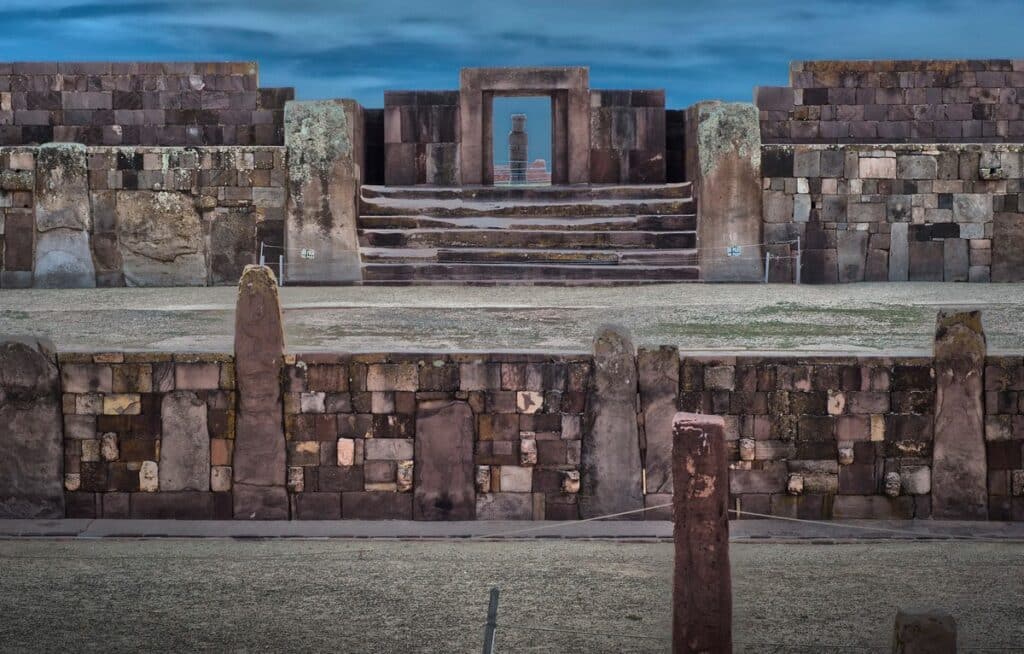
The pre-Columbian archaeological site of Tiwanaku in western Bolivia is one of the biggest sites of its kind in South America. It has a surface area of approximately four square kilometers. It features monumental structures, ceramic works, and megaliths. The site was previously known as Taypiqala, an Aymaran word that literally means “stone in the center.” This name was in reference to the Aymaran belief that the spot was at the center of the world. Tiwanaku today is a UNESCO World Heritage Site administered by the national government of Bolivia.
